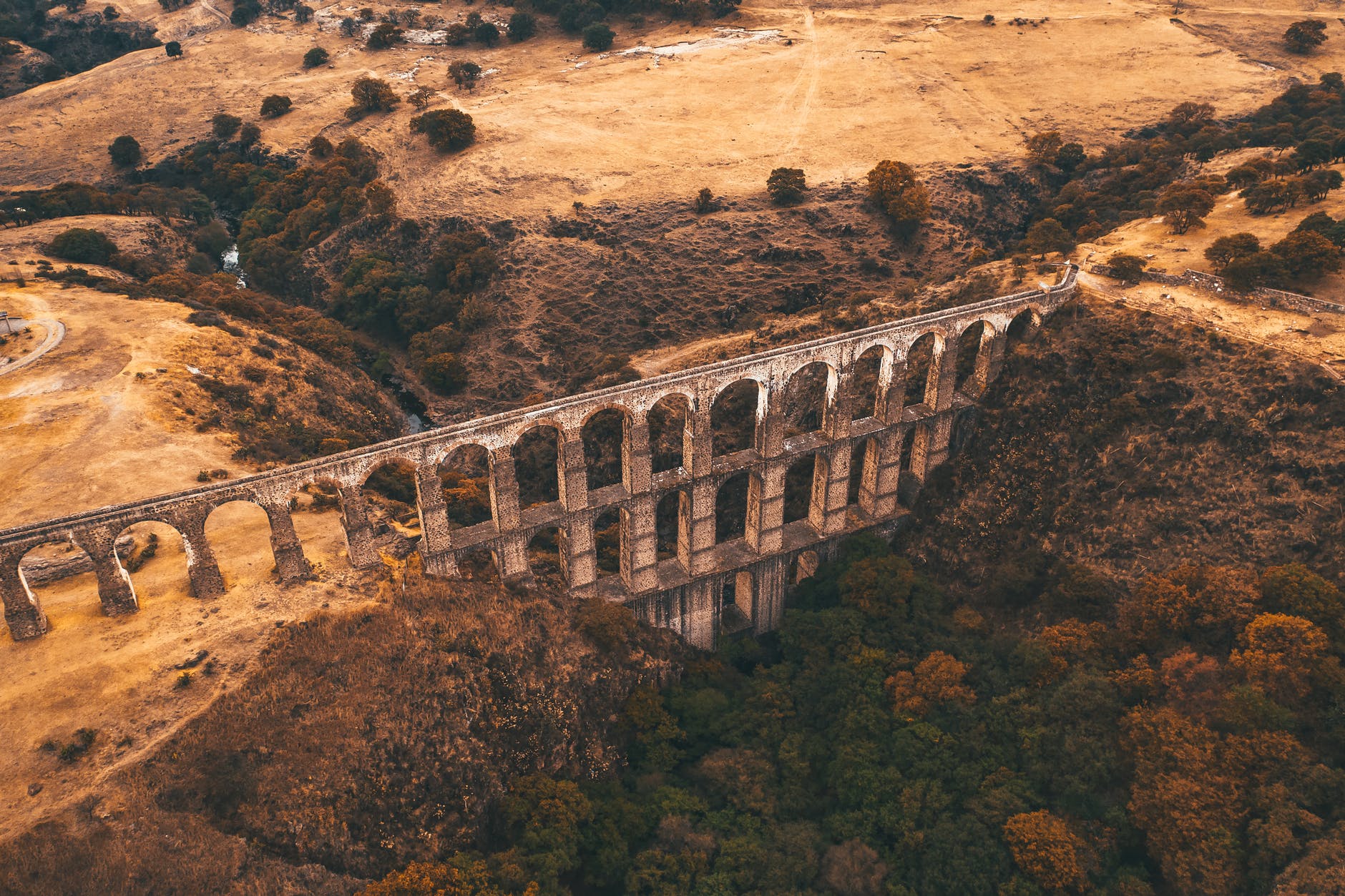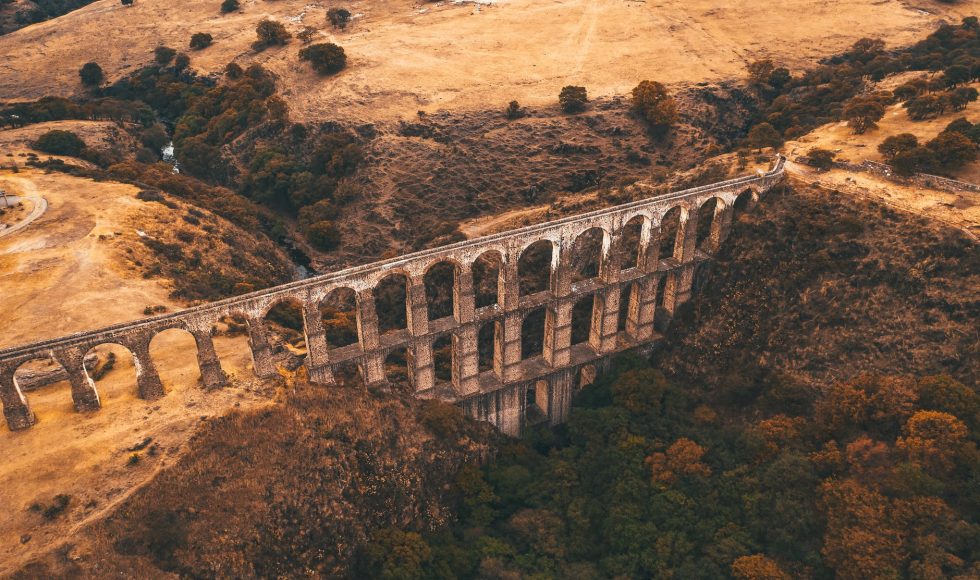Tonight we watched another longer Open Ed 2021 session entitled “Boundary Spanners: Bridging Gaps Between Higher Education and PK12” with Anita Walz and Julee Farley from Virginia Tech. I did not know about boundary spanners and boundary objects before this presentation, and that was one of the goals of this session. Farley discussed the history of sharing between preK12 and higher education. Walz spoke about the implementation issues with the one-directional flow of information. Some of the implementation issues that Farley explained included for preK12 teachers: assumptions about outreach requirements by faculty in higher education and different timelines. Higher education faculty and staff may not know what preK12 teachers need, their timeline, and requirements for lesson plans. Teachers may choose differentiation and are experts in their grade and differentiating for their students. Walz described that for creators guidance is needed for the formats, accessibility requirements, and inclusion. Farley introduced the concept of boundary spanners who “link organizations or groups to share knowledge and resources” and boundary objects that “are any object that is part of multiple groups that facilitates communication between them.” According to Farley, boundary spanners have the goal of bringing together diverse communities in productive ways in formal or informal ways. Walz and Farley started their project to develop instructional documents and forms. They also created process management checklists to help project members share appropriately. Through this project, they learned some things such as: “higher ed learned a lot more about preK12 context” and “preK12 learned more about copyright, open licensing, and accessibility.” Walz shared findings and the messages to higher education in a series of points that included realizing that preK12 teachers are experts at teaching, the difficulty of accessibility. Farley shared findings and to view, for example, online videos. They shared their resources and ideas for continuing and expanding the program. During the question and answer session, they were asked about formats for collaboration, and they mentioned software that teachers would have access to and familiarity with. I was surprised that Farley mentioned that the platforms used often depend on the district. Walz suggested using formats that can be archived and are not dependent on a version of a particular piece of software, for example. The idea of boundary spanners and objects and creating process management checklists made me think about the utility of these concepts and sharing these as goals with collaborators. I wonder if we could use some of the checklists and resources this group has created for the Delftia Project and other collaborative projects.



